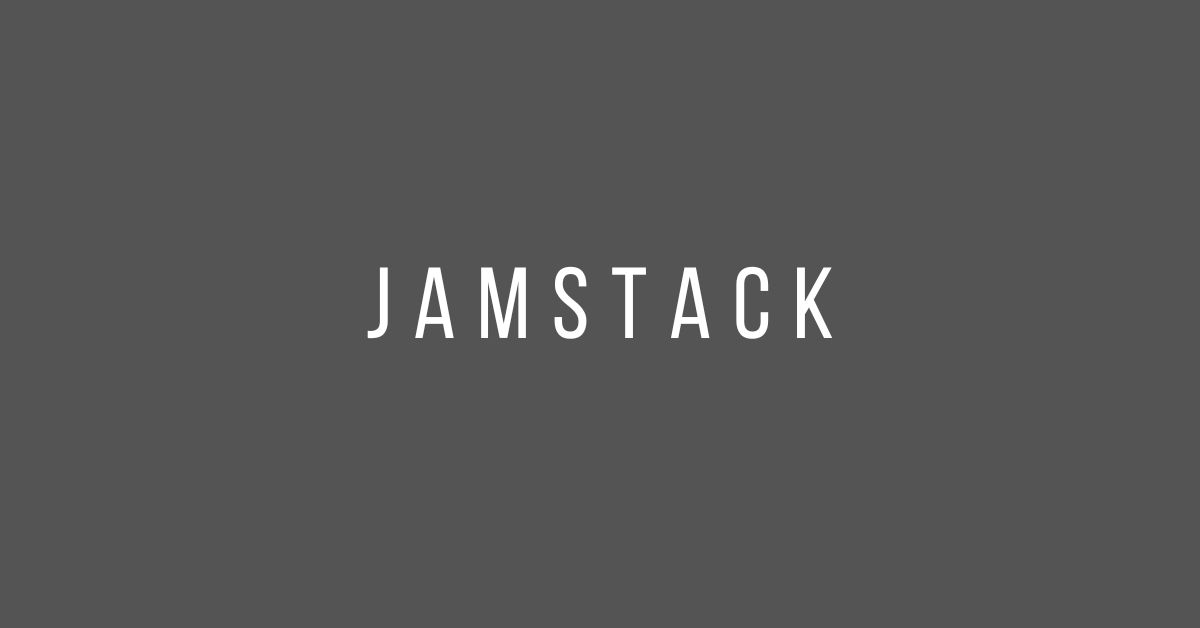In recent years, the Jamstack architecture has gained immense popularity among developers and businesses alike. With its focus on speed, security, and scalability, Jamstack is redefining the way websites and web applications are developed and delivered. In this article, we will explore what Jamstack is, why it is important, and how it can benefit your business.
What is Jamstack?
Jamstack is an acronym that stands for JavaScript, APIs, and Markup. It is a modern web development architecture that emphasizes pre-built markup, serverless functions, and client-side JavaScript to deliver fast and secure web experiences. Unlike traditional web development, where web pages are generated on the server and served to the client, Jamstack separates the presentation layer from the backend logic.
How does Jamstack work?
It works by using pre-built markup, which is generated during the build process and served statically to the client. This means that the server does not need to generate the HTML on each request, which results in faster load times and reduced server load. The dynamic functionality is achieved by using APIs and serverless functions that can be invoked from the client-side JavaScript code.
Why is Jamstack important?

Jamstack is important for several reasons. Firstly, it enables faster load times and better performance, which can have a significant impact on user experience and search engine rankings. Secondly, it is highly scalable and can handle large amounts of traffic without requiring additional server resources. Thirdly, it is more secure than traditional web development, as it eliminates many common attack vectors such as SQL injection and cross-site scripting.
Benefits of Jamstack
It offers several benefits for businesses and developers. Some of the key benefits include:
Faster Load Times
Jamstack websites load faster because they are served statically, eliminating the need for server-side rendering. This results in a better user experience and improved search engine rankings.
Improved Security
Jamstack websites are more secure because they do not rely on a server-side rendering process that can be vulnerable to attacks such as SQL injection and cross-site scripting.
Scalability
These websites can handle large amounts of traffic without requiring additional server resources, making them highly scalable and cost-effective.
Better Developer Experience
Jamstack enables developers to work with modern tools and frameworks. It results in a better development experience and increased productivity.
Jamstack vs Traditional Web Development
Jamstack is often compared to traditional web development. It uses a server-side rendering process to generate web pages dynamically. There are several key differences between Jamstack and traditional web development:
Serverless Architecture
Jamstack uses a serverless architecture, which means that backend logic is executed on demand rather than running constantly on a server.
Pre-built Markup
Jamstack uses pre-built markup, which is generated during the build process and served statically to the client.
Better Performance
Jamstack websites typically have better performance and faster load times than traditional web applications.
Improved Security
Jamstack eliminates many common attack vectors such as SQL injection and cross-site scripting, making it more secure than traditional web development.
Getting Started with Jamstack
Getting started with Jamstack is relatively easy. There are several popular Jamstack frameworks and tools available, including:
Gatsby
Gatsby is a popular static site generator that uses React for building websites and web applications.
Next.js
Next.js is a server-side rendering framework that also supports static site generation and client-side rendering.
Nuxt.js
Nuxt.js is a framework for building Vue.js applications that support server-side rendering and static site generation.
Conclusion
Jamstack is an innovative web development architecture that offers significant benefits over traditional web development. By separating the presentation layer from the backend logic, Jamstack enables faster load times, better performance, improved security, and scalability. It is the future of web development and is quickly becoming the go-to choice for businesses that want to deliver fast and secure web experiences to their users. With popular frameworks like Gatsby, Next.js, and Nuxt.js, it is easier than ever to get started with Jamstack and take advantage of its many benefits.
FAQs
1. Is Jamstack suitable for all types of websites and web applications?
Yes, Jamstack can be used for a wide range of websites and web applications, from simple static sites to complex web applications.
2. Do I need to have advanced knowledge of JavaScript to work with Jamstack?
While some knowledge of JavaScript is recommended, it is not necessary to have advanced knowledge to work with Jamstack. Many popular Jamstack frameworks and tools have excellent documentation and community support.
3. How does Jamstack handle dynamic data and real-time updates?
Jamstack can handle dynamic data and real-time updates by using APIs and serverless functions that can be invoked from the client-side JavaScript code.
4. Is Jamstack more expensive than traditional web development?
Jamstack can be more cost-effective than traditional web development because it requires fewer server resources and can handle large amounts of traffic without requiring additional infrastructure.
5. Can I migrate my existing website to Jamstack?
Yes, it is possible to migrate an existing website to Jamstack. However, the process can vary depending on the complexity of the website and the tools and frameworks used. It is recommended to consult with a Jamstack expert to ensure a smooth migration process.




